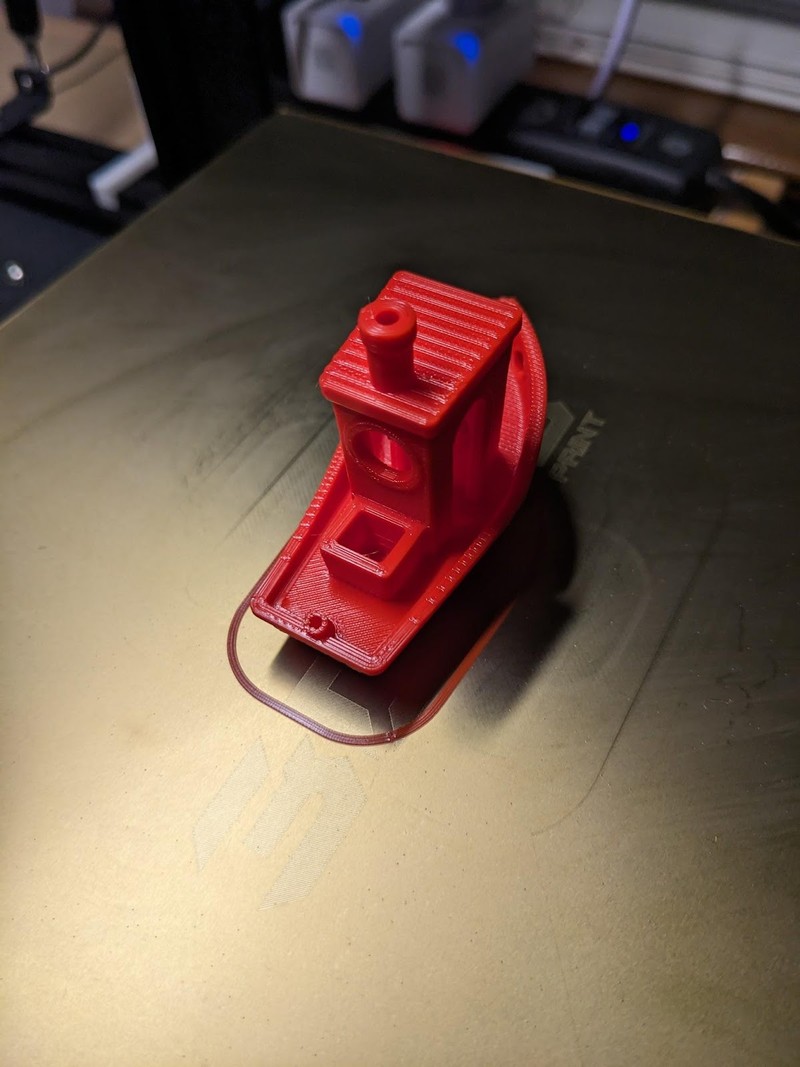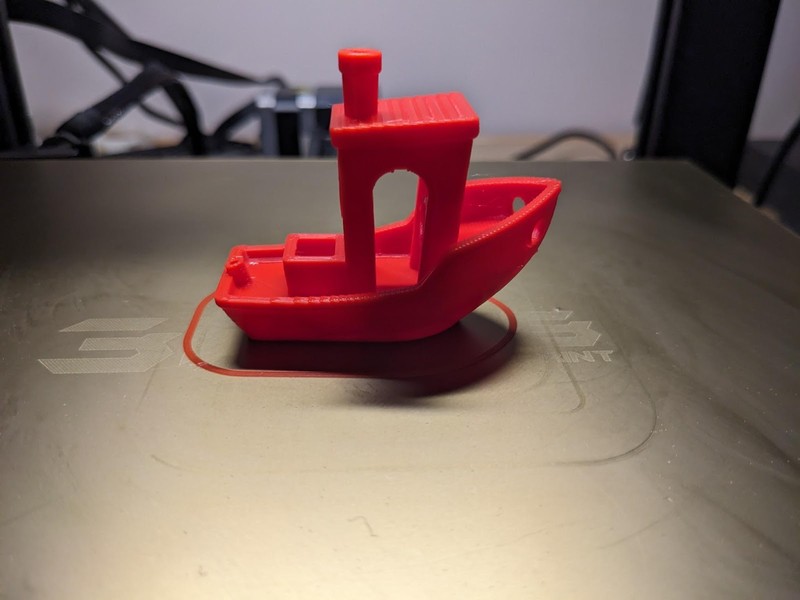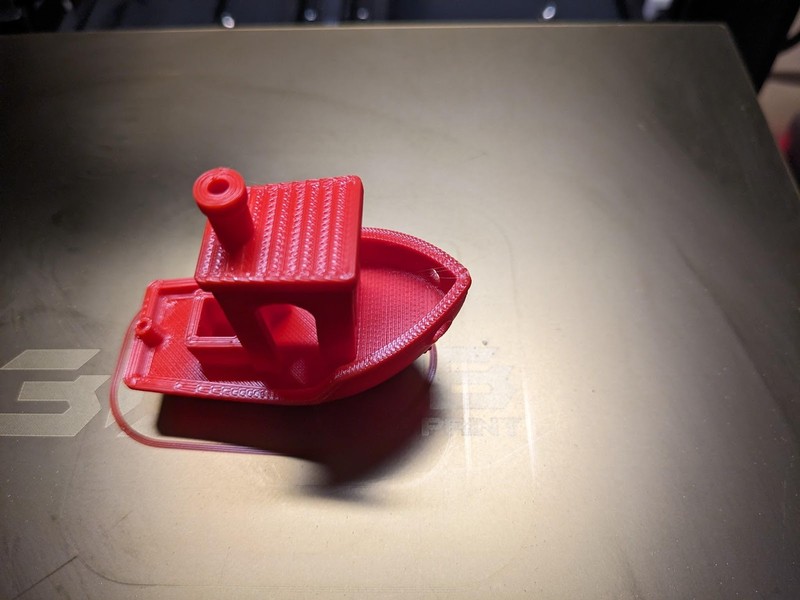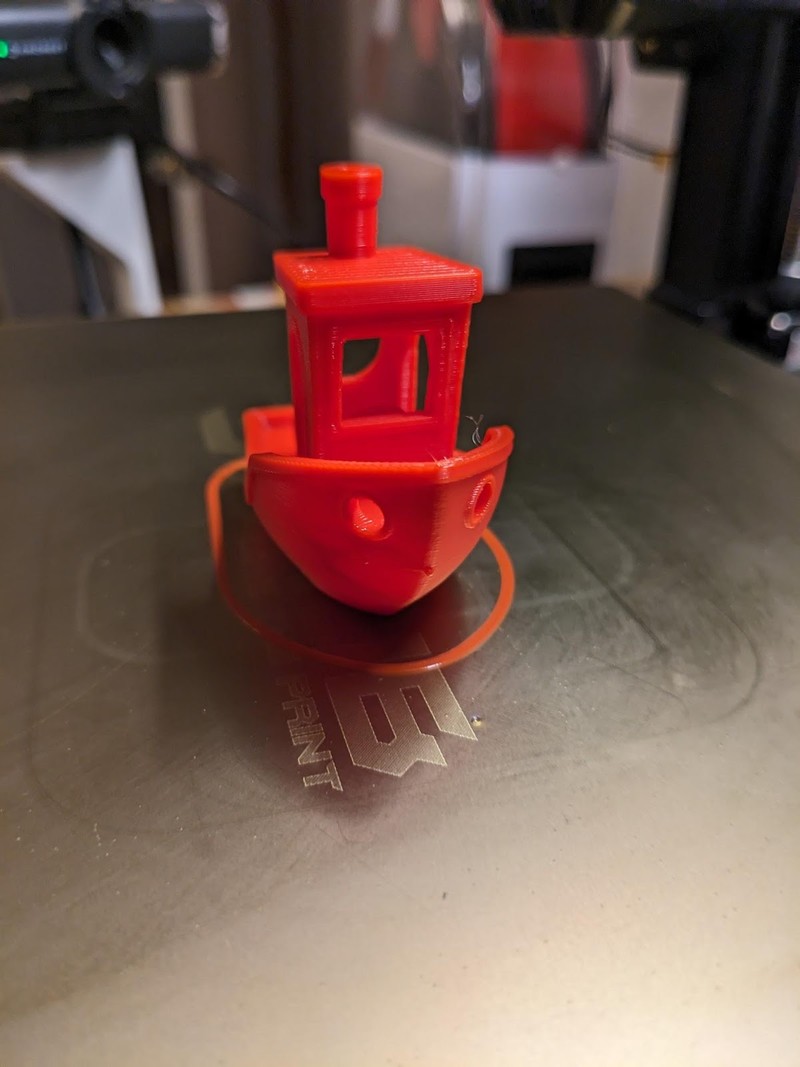Filament Report - Hatchbox PLA

Filament Report - Hatchbox PLA
General Experience
Despite all efforts, minor stringing seems unavoidable with Hatchbox PLA (view on Amazon) filament, yet it typically does not affect prints beyond test parts. This marks the first instance of testing a filament where the temperature tower broke at 180°C, suggesting weak inter-layer adhesion at lower temperatures, although parts display normal adhesion at higher temperatures.
Surface Finish/Appearance
The filament offers a slightly glossy finish with a medium “fire engine” red color, demonstrating quite an opaque appearance, indicative of a well-pigmented product.
Settings
Temperature

Following the manufacturer’s recommended range of 180-220°C, we observed minor fine stringing across all temperatures, with 185°C exhibiting more severe stringing. The 180°C segment’s detachment due to poor interlayer adhesion ruled it out as a viable option. Settling on 210°C balanced good detail, interlayer adhesion, and minimal stringing, aligning with standard PLA filament behaviors.
Retraction
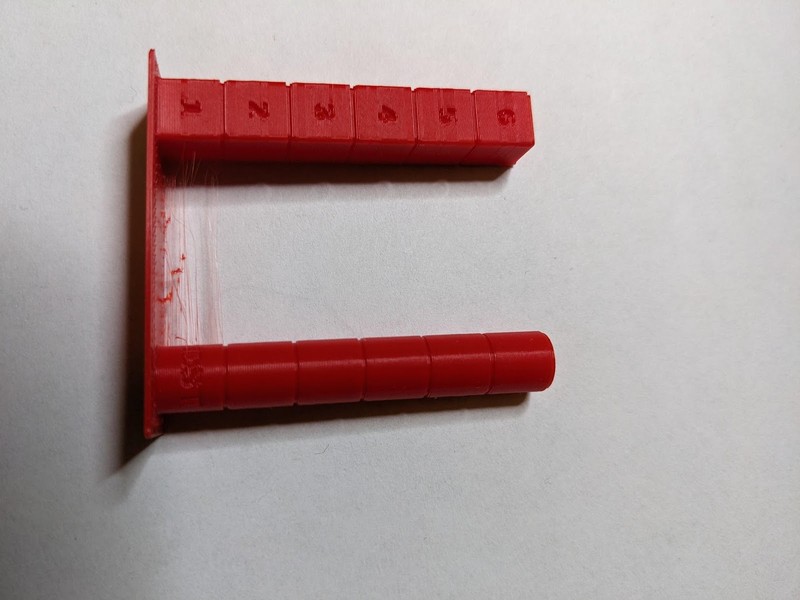
Retraction distance tests from 1-5mm revealed extensive stringing at 1mm, diminishing stringing at 3mm and 4mm, and no stringing at 5mm and 6mm. We conducted further tests at 5mm, 6mm, and 7.5mm retraction distances at the chosen 210°C temperature.
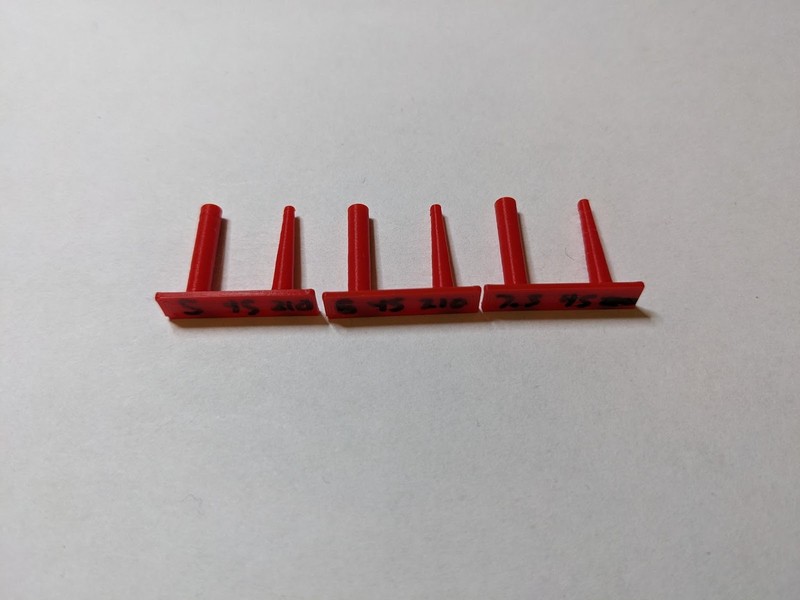
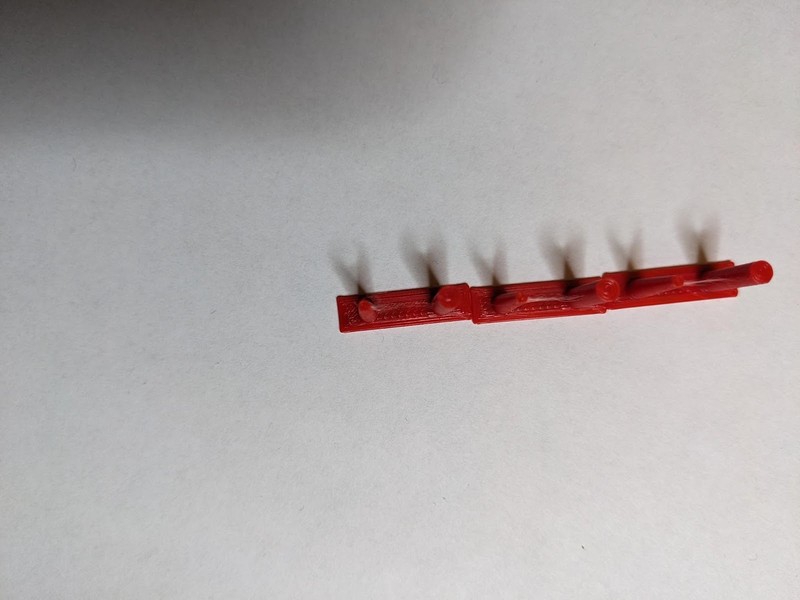
Fan
Given the Ender 3 V2 Neo’s limited cooling capabilities and the necessity for PLA cooling, we maintained Cura’s default fan settings. This decision assumes adequate cooling is critical, especially for small layer prints where insufficient cooling could result in significant stringing. Our tests confirmed effective cooling with no severe stringing.
Test Prints

The nano all-in-one 3D printer test demonstrated exceptional bridging capabilities and overhang performance, with minimal stringing. The 60-degree overhangs appeared nearly perfect, with only minor distortion at 70 degrees and slight filament droops at 80 degrees, yet maintaining a legible top surface.
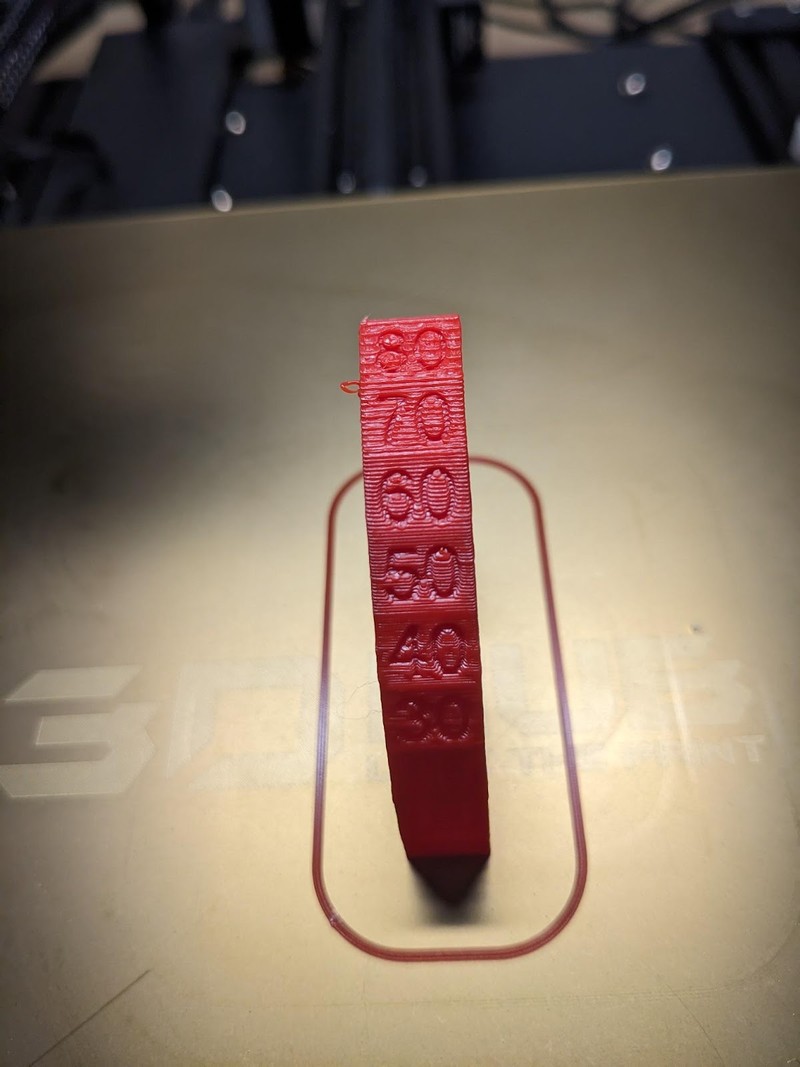
A Benchy print with this filament showcased excellent quality, minimal stringing, and impressive overhang performance. The first layer’s clarity and the odd blobs on the hull’s front remain unexplained, yet overall, it resulted in a remarkable Benchy.
